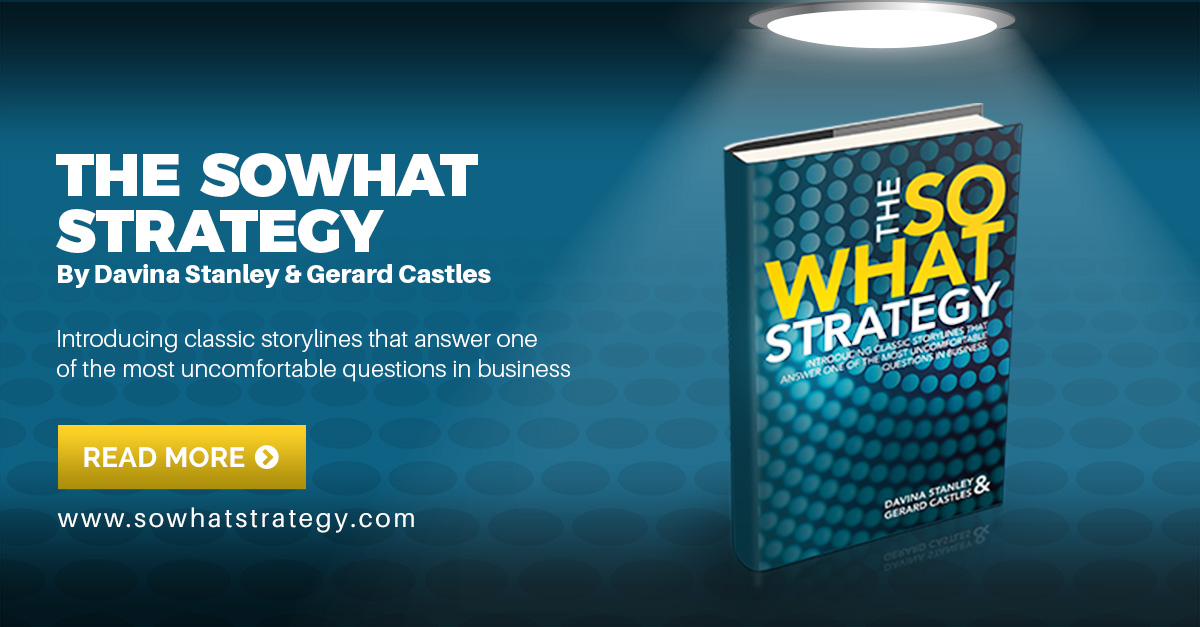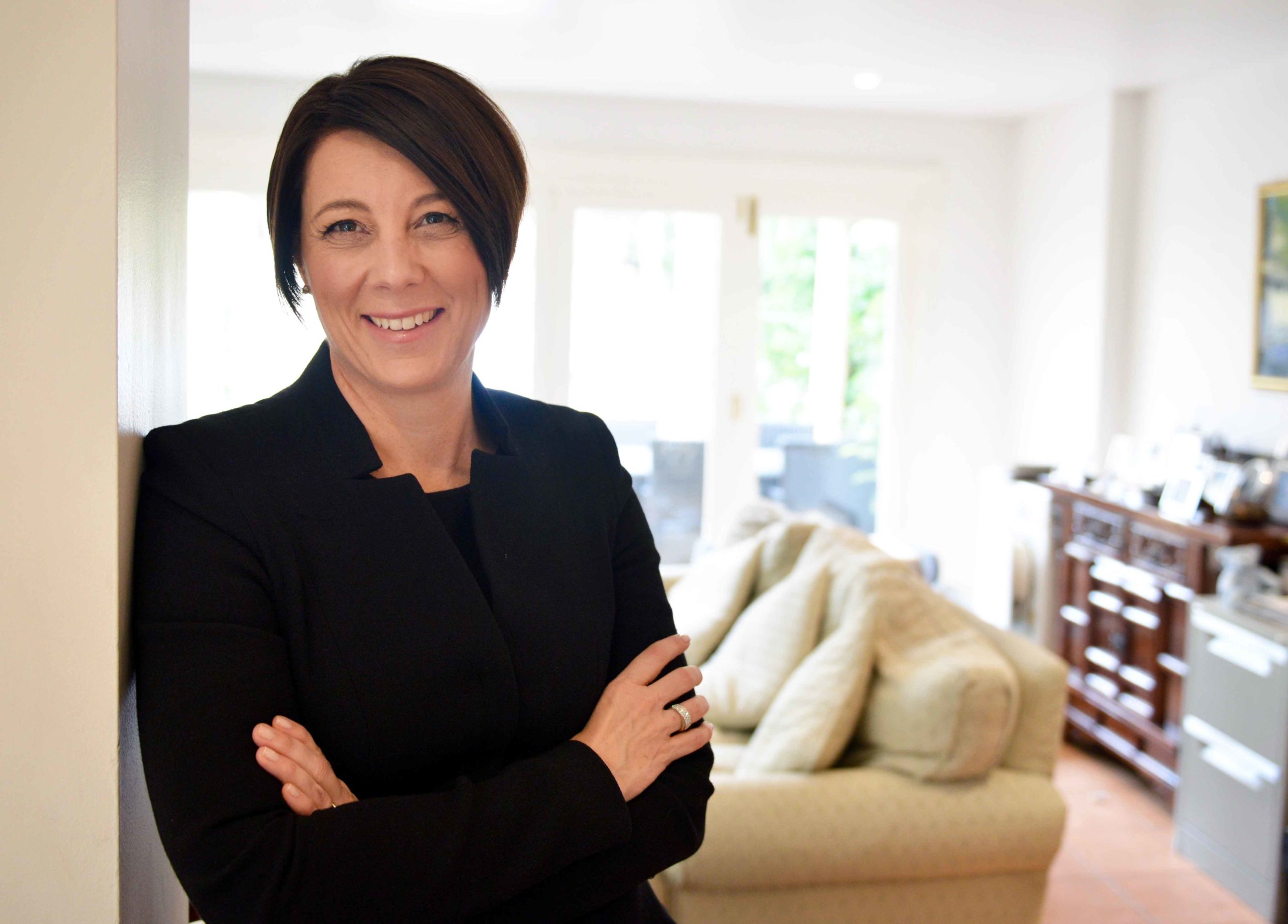×

LEARN MORE ABOUT THE WORKSHOP KIT
Enter your email below and we will keep you updated as more information is released about the kit.

This new book introduces seven most commonly used storyline patterns for business communication
How often have you invested significant energy to prepare a piece of communication only to be confronted with this most uncomfortable question from your audience: “So what?”
It’s one of the most uncomfortable questions in business.
Your audience asks because they want to know why the ideas in your presentation should matter to them and to the business, and they want to know in one simple statement. You might have spent hours, days or even weeks preparing, but they want a succinct answer that summarises everything for them in an instant. And you want the earth to open up and swallow you because you don’t know how to answer this question succinctly.
If you don’t answer this question well, all of your work can be for nothing. Early in our careers, we were both on the receiving end of this question and not ready to answer it. Those memories are some of our most crushing, yet also our most instructive.
What’s the solution? To avoid the embarrassment and frustration of not being able to answer that one simple question, you must state the ‘So what’ clearly and unambiguously at the beginning of your communication and then make the case to support it.
But, how do you do that?
Our new book, The So What Strategy, outlines a three-step process to do just that while also offering our favourite seven storylining patterns so you don’t need to start from scratch.
1. Start thinking before you prepare your communication: During this phase, we encourage you to dig deep so you can articulate your purpose clearly and also be confident that you understand your audience well.
2. Structure your thinking: Here is when we recommend mapping your ideas into a logically organised hierarchy – what we call a storyline – so that you can articulate your main point in just one sentence and back it up logically. There are three things you should know about storylines:
3. Share your communication: Once the structure of your thinking is clear, this can be translated directly into any form of communication: phone conversation, email, paper or PowerPoint pack. The key is to make sure that the structure of the thinking drives the communication, not the problem-solving journey you went on or the medium itself.
Davina Stanley and Gerard Castles are founders of Clarity College and Clarity Thought Partners. They are also joint authors of The So What Strategy, released this week. Both trained at McKinsey & Company and serve some of Australia’s most respected organisations.
Keywords: books, leadership communication, online business writing training, the so what

I love what I do.
I help senior leaders and their teams prepare high-quality papers and presentations in a fraction of the time.
This involves 'nailing' the message that will quickly engage decision makers in the required outcome.
I leverage 25+ years' experience including
My approach helps anyone who needs to engage senior leaders and Boards.
Recent clients include 7Eleven, KPMG, Mercer, Meta, Woolworths.
Learn more at www.clarityfirstprogram.com
(*) Numbers are based on 2023 client benchmarking results.